38 Pine Tree Types That Bring Outdoor Beauty
Pine trees stand as magnificent sentinels of the forest, commanding attention with their towering presence and evergreen beauty.
These resilient coniferous giants have captivated landscape designers and nature enthusiasts for generations, transforming ordinary outdoor spaces into breathtaking natural sanctuaries.
Their distinctive needle-like leaves, sturdy branches, and elegant silhouettes create a sense of timeless grandeur that elevates any garden or woodland setting.
Pine species showcase remarkable diversity, ranging from compact ornamental varieties to massive forest monarchs that stretch toward the sky with incredible grace.
Gardeners and landscaping professionals appreciate these trees for their adaptability, ornamental potential, and ability to thrive in various climatic conditions across different geographical regions.
The architectural diversity of pine trees allows for incredible creative expression in landscape design, providing structural elements that complement numerous aesthetic preferences.
Landscape enthusiasts can discover an impressive collection of thirty-eight unique pine tree varieties that promise to transform outdoor spaces into majestic natural masterpieces.
Western White Pine (Pinus monticola)
Western White Pine stands as a majestic forest giant, soaring between 60 and 150 feet tall with branches stretching wide and expansive.
Distinctive silvery-green needles cluster in groups of five along its sturdy trunk, creating a striking visual texture against grey, scaly bark.
Massive cones dangling up to 10 inches long add dramatic character to this remarkable tree.
Mountain landscapes in the western United States provide its natural homeland, flourishing comfortably in zones 4 through 8.
Nature lovers appreciate its impressive silhouette and unique botanical features.
Resilient branches spread twenty to thirty feet wide, offering shelter to surrounding wildlife.
European fungus brought significant challenges to its population during the early 1900s, reducing its prevalence.
Despite these obstacles, the Western White Pine remains a magnificent symbol of wilderness and natural beauty.
Sugar pine (Pinus lambertiana)
Sugar pines dominate western mountain landscapes with their jaw-dropping size and majestic presence.
Towering between 100 and 200 feet high, these giants boast massive trunks often wider than 10 feet in diameter.
Massive cones hanging from branches can stretch an incredible 20 inches long and weigh over four pounds, creating a dramatic visual statement.
Distinctive bark blends gray and cinnamon tones, etched with deep, textured grooves that tell stories of decades of growth.
Blue-green needle clusters add elegant texture to the tree's impressive silhouette.
Mountain regions in western United States serve as perfect habitats for these remarkable trees.
Thriving in growing zones six through nine, sugar pines demonstrate remarkable resilience and adaptability.
Natural landscapes come alive with these magnificent botanical monuments that capture wilderness beauty.
Pond Pine (Pinus serotina)
Pond Pines dominate southeastern wetland landscapes with impressive heights reaching 30 to 70 feet, sporting distinctive crooked trunks covered in red-brown grooved bark.
Uniquely adapted to challenging environments, these trees feature unusual seed cones that spring open only after fire exposure.
Native across Atlantic coastal regions from New Jersey to Florida, they flourish in zones 7 through 9 with remarkable resilience.
Clustered needles resembling Loblolly pine leaves spread across irregular crowns, creating a distinctive silhouette.
Marshy terrain often constrains their growth, though they remain incredibly hardy woodland survivors.
Pine specialists appreciate their remarkable fire-triggered reproductive strategy, which ensures survival in complex ecosystems.
Dense branches provide critical habitat for wildlife throughout southeastern woodlands.
Maximum branch spreads can extend an impressive 20 to 45 feet, demonstrating nature's remarkable adaptability in challenging landscapes.
Ponderosa Pine (Pinus ponderosa)
Majestic Ponderosa Pines dominate Western North America's landscapes, soaring between 60 and 100 feet tall with impressive 30-foot wide spreads.
Distinctive deep brown to black bark features unique grooves that captivate nature lovers and landscape designers.
Lumber producers appreciate this tree's robust qualities, while gardeners adore its structural beauty.
Clusters of green pine needles create a lush, textured appearance that changes with seasonal shifts.
Egg-shaped cones with sharp triangular points add dramatic visual interest to each branch.
Hardy trees thrive in USDA zones 3 to 8, demonstrating remarkable adaptability across different environments.
Pine needles typically grow in two to five needle groupings, enhancing the tree's textural complexity.
Resilient and stunning, these pines represent nature's architectural brilliance in Western forest ecosystems.
Japanese White Pine (Pinus parviflora)
Japanese White Pine captivates landscapers with its remarkable characteristics, boasting an impressive size range from 20 to 50 feet tall and wide.
Its distinctive purple bark and blue-green leaves, growing in delicate clusters of five, create a stunning visual appeal that sets it apart from other pine varieties.
Native to USDA zones 6 through 9, this non-invasive tree flourishes effortlessly in diverse environments.
Bonsai enthusiasts particularly appreciate its unique structure and adaptable nature.
Seed cones and shorter leaves distinguish it from the Eastern White Pine, adding to its botanical intrigue.
Trunk width can expand up to an extraordinary 3.3 feet, showcasing the tree's robust growth potential.
Its resilience and elegant form make it a top choice for those seeking a remarkable ornamental tree.
Shortleaf Pine (Pinuys echinate)
Rare red-cockaded woodpeckers rely on old-growth shortleaf pines as critical habitats for survival, making these majestic trees crucial to ecological preservation.
Massive trunks soar between 50 and 80 feet high, with impressive diameters of 20 to 35 feet.
Distinctive red-brown bark contains resin-filled pockets that protect the tree's core from environmental challenges.
Needle-like leaves cluster in pairs and stretch up to five inches long, creating unique visual texture.
Southeastern United States landscapes host these resilient pines, spanning regions from New Jersey to North Florida.
Shortleaf pines demonstrate remarkable adaptability, thriving in diverse environments from rocky terrains to flood plains.
Sunlight exposure and elevation between sea level and 3,000 feet support their robust growth.
Conservation efforts now prioritize protecting these essential trees and their endangered woodpecker inhabitants.
Jeffrey Pine (Pinus jeffreyi)
Jeffrey Pines stand as majestic forest giants across western mountain ranges, reaching impressive heights between 80 and 140 feet with wide-spreading branches.
Discovered and named after Scottish botanist John Jeffrey, these remarkable trees carry a distinctive personality through their unique characteristics.
California, Oregon, Nevada, and Mexican landscapes host these remarkable plants at elevations spanning 1,500 to 10,200 feet.
Distinctive bark releases an unexpected sweet fragrance that smells exactly like vanilla or butterscotch, delighting hikers and nature enthusiasts.
Long needles cluster in groups of three and can stretch up to ten inches, creating intricate green patterns against mountain backgrounds.
Rugged terrain provides perfect conditions for these adaptable pines to establish deep roots and survive challenging environmental conditions.
Red Pine (Pinus resinosa)
Red Pines dominate landscapes with impressive height, reaching up to 80 feet tall and showcasing distinctive reddish-brown bark that curves into unique grooves.
Magnificent trees spread across regions from Canada through Pennsylvania and extending into Minnesota, thriving in grow zones 3 to 7.
Narrow crowns display deep yellow-green leaves growing in paired arrangements, creating a striking silhouette against open skies.
Resilient species adapt seamlessly to diverse soil conditions and moisture levels, demonstrating remarkable environmental flexibility.
Small egg-shaped seed cones open with gentle roundness, adding visual interest to the tree's overall structure.
Self-pollination capabilities ensure consistent reproduction without significant genetic variations.
Forest ecosystems benefit from their strong presence and adaptable nature.
Nature enthusiasts appreciate these majestic pines for their enduring beauty and ecological significance.
Japanese Black Pine (Pinus thunbergia)
Japanese red pine reaches incredible heights of 20 to 60 feet, spreading its majestic branches up to 20 feet wide with a trunk that can grow nearly 6.5 feet thick.
Dark bark gradually darkens to almost black, creating a dramatic landscape feature that catches every eye.
Native to Japan and Korea, this remarkable tree has also established roots in select United States regions.
Its distinctive leaves grow in elegant pairs, spanning 2.4 to 4.7 inches long and presenting a lush, green canopy.
Landscape designers appreciate its striking silhouette, though local pine species often prove more compatible with regional ecosystems.
Mature trees develop impressive architectural forms that command attention in any outdoor space.
Careful selection and placement can transform a standard yard into a stunning natural showcase.
Coulter Pine (Pinus coulteri)
Coulter Pine boasts the world's heaviest seed cone, weighing an impressive 4.4 to 11 pounds and attracting local wildlife with its massive size.
Native to coastal mountains stretching from California to Mexico, this remarkable tree stands resilient against challenging environmental conditions.
Hardiness defines its character, allowing it to thrive in USDA zones 8 to 10 with remarkable adaptability.
Mature trees reach spectacular heights between 30 and 75 feet, creating dramatic landscapes with their distinctive silhouettes.
Gray-brown bark featuring deep grooves adds textural complexity to its unique appearance.
Drought resistance makes Coulter Pine an exceptional choice for challenging terrain and water-conscious landscaping.
Its form varies between straight and twisty trunks, providing visual interest in natural and designed environments.
Conservation efforts remain critical as this species approaches near-threatened status in its native habitat.
Gray Pine (Pinus sabiniana)
Gray pines dominate California's foothills with remarkable strength and distinctive character.
Stretching up to 83 feet tall, these trees command attention with their impressive wingspan of 20 to 40 feet.
Dark brown bark creates a rugged crown that ranges from cone-shaped to wonderfully irregular.
Distinctive blue-green leaves extend nearly a foot in length, adding subtle color to rocky landscapes.
Unique egg-shaped seed cones complement the tree's robust structure.
Native California ecosystems welcome these hardy pines in full sun or partial shade.
Drought-resistant qualities make them perfect for challenging terrain in USDA zones 8 through 10.
Mature gray pines demonstrate nature's incredible adaptability in harsh environmental conditions.
Limbar Pine (Pinus flexilis)
Limbar Pine stands majestically across mountain ranges from Southwest Canada to Arizona, showcasing remarkable adaptability in challenging terrain.
Mountain landscapes become home to these extraordinary trees that can soar up to 50 feet high with impressive trunk diameters exceeding six feet.
Resilient branches spread wide, spanning 10 to 30 feet across rugged landscapes where most plants struggle to survive.
Gray bark wraps smoothly around straight or gently twisted trunks, creating natural architectural beauty.
Distinctive dark green needles cluster in groups of five, stretching nearly three inches long and catching sunlight with elegant grace.
Narrow, egg-shaped cones complement the tree's robust structure, adding visual interest to its silhouette.
Rocky soil poses no challenge for this hardy species, which thrives in zones four through seven with remarkable vigor.
Mexican Weeping Pine (Pinus patula)
Mexican Weeping Pine dominates landscapes with its majestic presence, soaring up to 100 feet tall in USDA zones 8 to 9.
Stretching across 20 to 30 feet wide, this magnificent tree captures attention with its unique drooping leaf tufts.
Originating from Eastern and Central Mexico, it stands out as a landscaping favorite for its dramatic silhouette.
Seed cones cluster attractively on its branches, adding visual interest to its already impressive structure.
Light shade never hinders its growth, showcasing remarkable adaptability in outdoor environments.
Careful management matters because the tree can spread aggressively over time.
Nature lovers celebrate this pine's remarkable ability to transform ordinary landscapes into extraordinary scenes.
Sand Pine (Pinus clausa)
Pine trees flourish in sandy soils of Florida and Alabama, standing 15 to 60 feet tall with impressive branch spreads.
Gray bark covers their distinctive trunks, which grow straight or lean at unusual angles.
Dark green needles stretch 1 to 4 inches long, always emerging in neat pairs along branches.
Resilient scrub pines adapt easily to partial shade environments, making them champions of challenging landscapes.
Unique seed cones develop in compact egg shapes, awaiting natural fire triggers to release their contents.
Native terrain shapes these remarkable trees, allowing them to withstand harsh conditions.
Local ecosystems benefit from their presence, supporting diverse wildlife habitats.
Botanical enthusiasts appreciate their rugged character and survival skills in challenging southern landscapes.
Virginia Pine (Pinus virginiana)
Virginia Pine dominates Eastern United States landscapes with impressive characteristics that catch your eye.
Towering between 50 and 80 feet tall, this tree spreads an expansive 20 to 30 feet wide across its natural habitat.
Gray-brown bark creates a distinctive texture along its trunk, which can curve in unique straight, leaning, or twisted formations.
Resilient pine species populate regions from Pennsylvania through Alabama and Georgia, flourishing in growing zones 4 to 8.
Yellow-green leaves pair elegantly along branches, adding visual interest to its structural design.
Crown shapes range from flat to irregular, contributing to its distinctive appearance.
Self-fertilization enables rapid forest regeneration, especially in areas recovering from fire damage.
Native ecosystems benefit from its adaptable nature and robust growth patterns.
Loblolly Pine (Pinus taeda)
Loblolly Pines dominate landscapes with impressive heights reaching 50 to 80 feet and spreading up to 35 feet wide across their branches.
Distinctive reddish-brown bark creates beautiful contrast against yellow-green needle clusters grouped in threes.
Maturing trees naturally shed lower branches, developing a distinguished high crown profile that stands elegantly in landscapes.
Native regions span from New Jersey through Florida and westward into Texas, where these pines particularly flourish in wet, swampy environments with saturated soil conditions.
Rapid growth characterizes these resilient trees, which develop straight, sturdy trunks that capture attention.
Landscape designers frequently select Loblolly Pines for their adaptable nature and robust structure.
Pitch Pine (Pinus rigida)
Pitch pines dominate eastern North American landscapes with impressive heights ranging from 30 to 100 feet and spreads of 20 to 50 feet.
Remarkable for their resilience, these trees survive in challenging sandy and nutrient-poor soils with incredible strength.
Yellow-green leaves cluster in groups of three to five, creating a distinctive forest presence.
Unique trunks can grow straight or twist into interesting shapes, crowned with irregular or rounded tops.
Fire-resistant characteristics make pitch pines exceptional survivors in harsh environments.
Egg-shaped seed cones cling tightly to branch networks, adding visual texture to their rugged appearance.
Botanical adaptability allows these trees to thrive where other species might struggle.
Sturdy and persistent, pitch pines represent nature's incredible capacity for endurance.
Dwarf Mugo Pine (Pinus. Mug var pumilio)
Mountain-dwelling Dwarf Mugo Pine captivates landscapers with its compact shape and hardy nature.
Native to European mountain regions, this resilient plant thrives in USDA zones 3 through 7.
Reaching five feet tall and spreading six to ten feet wide, it fits perfectly in smaller garden spaces.
Upward-pointing needles create a distinctive silhouette that catches attention.
Well-draining soil and full sun support its robust growth, though it adapts to multiple soil conditions.
Pine enthusiasts appreciate its versatility, including potential use in Bonsai design.
Minimal maintenance requirements make it an attractive landscape option.
Austrian Pine (Pinus nigra)
Austrian Pines dominate landscapes with impressive heights between 40 and 100 feet across North America.
Thriving in USDA zones 5 to 8, these adaptable trees flourish in diverse regional conditions.
Dark green needles stretch up to seven and a half inches long, growing in distinctive paired formations.
Dense branches create dramatic silhouettes against open skies, drawing attention from landscape designers and nature enthusiasts.
Gray or brown bark develops deep textural grooves that add visual complexity to its overall structure.
Though not originally native to the United States, this pine species has successfully integrated into multiple ecosystems.
Several subspecies demonstrate its remarkable genetic flexibility and environmental resilience.
Norfolk Island Pine (Araucaria heterophylla)
Norfolk Island Pine stands out as a majestic tree that can grow up to 100 feet tall in outdoor settings, though indoor varieties remain compact at around 5 feet.
Its distinctive dark gray bark wraps a straight trunk, creating a strong and elegant silhouette for any space.
Impressive seed cones expand to over four inches, adding fascinating texture and visual appeal to its overall structure.
Adaptable plant lovers appreciate how this conifer thrives in both indoor and outdoor environments with warm temperatures above freezing.
Houseplants or landscape options make this tree a versatile choice for plant enthusiasts.
Nature lovers will find its architectural shape particularly captivating.
French Dark Green Scots Pine (Pinus sylvestris French Dark Green)
Majestic French Dark Green Scots Pine towers forty to fifty feet high, capturing landscape attention with its distinctive red-brown bark and classic Christmas tree silhouette.
Its blue-green leaves add natural charm to any outdoor space, creating visual interest throughout seasons.
Unlike traditional Scots Pine, this variety grows less aggressively, making it an excellent choice for strategic landscaping.
Spreading twenty to thirty-five feet wide, the tree fits comfortably in many yard configurations.
Pine enthusiasts appreciate its hardiness across USDA zones 3 to 8, ensuring successful growth in multiple regions.
Landscape designers value its structured form and low-maintenance characteristics.
Nature lovers will enjoy watching this remarkable tree mature and enhance outdoor settings with its elegant presence.
Torrey Pine (Pinus torreyana)
Torrey Pines hold a remarkable status as the rarest pine tree in the United States, with an astonishing population of only 4,500 trees.
Coastal San Diego County and Santa Rosa Island shelter these unique pines, which battle harsh winds that shape their distinctive crooked trunks and rounded crowns.
Wind-sculpted branches showcase stunning purple-red to red-brown bark marked by deep, intricate grooves and ridges.
Resilient needles stretch impressively long, measuring 6 to 11 inches and growing in clusters of five.
Specialized cones require three full years to reach complete maturity, reflecting the tree's patient growth pattern.
Surviving in challenging zones from 8 to 1, these pines demonstrate extraordinary adaptability.
Botanical enthusiasts and nature lovers find the Torrey Pine a captivating example of environmental endurance.
Aleppo Pine (Pinus halepensis)
Mediterranean landscapes reveal the Aleppo Pine's remarkable resilience across multiple ecosystems.
Native to Israel and surrounding regions, this tree spreads dramatically through wind-carried seeds, rapidly repopulating burned forest areas.
Impressive heights reaching 65 feet showcase its dominant growth potential in challenging environments.
Mature trees boast substantial branch spreads up to 20 feet wide, creating dramatic silhouettes against rocky terrain.
Distinctive cones measuring between 2 and 4.7 inches develop slowly over three years, demonstrating patient reproductive strategies.
Greyish-green needles stretching 2.4 to 5.9 inches long contribute to the tree's distinctive appearance.
USDA zones eight through eleven welcome this adaptable species, allowing it to flourish in diverse climates.
Ecological researchers recognize the Aleppo Pine as one of the top five most invasive pine trees globally.
Chinese Red Pine (Pinus tabuliformis)
Chinese Red Pines stand majestically tall, reaching heights of fifty feet with impressive twenty-foot wide branches that command attention in any landscape.
Dark green needles paired along branches create a rich, textural backdrop for gardens and parks across Northern China and Korea.
Wildlife enthusiasts appreciate these trees for their abundant egg-shaped seed cones that provide nourishing food sources for local animals.
Grayish-brown bark adds visual interest and depth to the tree's overall appearance.
Adaptable trees flourish in USDA zones 5 through 8, making them versatile landscape options for many regions.
Lumber producers value these pines for their strong wood qualities and potential commercial uses.
Bonsai enthusiasts also find these trees excellent candidates for artistic shaping and cultivation.
Bristlecone Pine (Pinus aristata)
Rocky Mountain bristlecone pines boast extraordinary resilience, standing as nature's most remarkable survivors in harsh alpine landscapes.
Twisted trunks and uneven shapes define these iconic trees, which grow along high-elevation regions from Colorado to Northern New Mexico.
Gray to reddish-brown bark wraps around their distinctive silhouettes, highlighting their rugged character.
Blue-green needle clusters stretch between one and one and a half inches long, creating a unique visual texture.
Egg-shaped cones with prickly surfaces emerge as another distinctive feature of these remarkable trees.
Mountain environments welcome these hardy specimens, which comfortably inhabit USDA grow zones three through seven.
Mature trees typically reach impressive sizes, spanning 8 to 30 feet tall and spreading 10 to 15 feet wide.
Extreme conditions cannot diminish their magnificent presence in alpine ecosystems.
Eldarica Pine (Pinus brutia var eldarica)
Desert landscapes come alive with Eldarica pine, a remarkable tree that dominates harsh environments with incredible resilience.
Heat, wind, and drought cannot stop this robust species from flourishing across growing zones 6 to 10.
Towering between 30 and 80 feet tall, Eldarica pine spreads its impressive branches up to 30 feet wide, creating dramatic silhouettes in arid landscapes.
Researchers continue debating its botanical classification, wondering whether it stands as a distinct species or a subspecies of Turkish pine.
Dense foliage with paired leaves stretching three to six inches long adds rich texture to its appearance.
Wildlife finds sanctuary among its branches, especially when seed cones measuring two to three and a half inches provide essential nutrition.
Compared to its Turkish pine cousin, this tree demonstrates superior adaptability and strength in challenging conditions.
Monterey Pine (Pinus radiata)
Monterey Pines stand as majestic giants along California's central coast, dominating landscapes in growing zones 7 to 10 with impressive stature reaching 50 to 100 feet tall.
Massive trunks spanning up to three feet wide showcase distinctive dark gray bark that catches the eye.
Yellow-green needle pairs create a lush canopy that defines this remarkable species.
Unique seed cones develop in elegant egg shapes, waiting patiently for fire to trigger their release and potential germination.
These remarkable trees can preserve their seeds for an incredible twenty years, demonstrating remarkable survival strategies.
Pine Canker disease currently threatens their natural populations, creating serious challenges for long-term sustainability.
Lumber and pulp industries continue to value these trees for their robust wood and rapid growth potential.
Forest ecosystems rely on Monterey Pines as critical contributors to environmental health and biodiversity.
Scots Pine (Pinus sylvestris)
Scots pines dominate landscapes across Northern United States after migrating from Europe and Asia, standing impressively tall between 20 to 60 feet with expansive branch spreads.
Rapid growth distinguishes these remarkable trees from their woodland neighbors, making them prime candidates for Christmas tree production.
Distinctive blue-green needles stretch one to three inches long, creating a unique visual signature against forest backgrounds.
Hardy varieties thrive beautifully in USDA zones 2 through 7, demonstrating remarkable environmental adaptability.
Multiple subspecies offer diverse characteristics that appeal to landscapers and nature enthusiasts.
Branches spread wide, creating substantial canopy coverage in natural settings.
Their resilient nature allows them to withstand challenging climate conditions across different regions.
Forest managers prize these trees for their remarkable growth potential and aesthetic qualities.
Chihuahuan White Pine (Pinus strobiformis)
Chihuahuan pines dominate mountain landscapes across Mexico, New Mexico, and Arizona with impressive stature and ecological significance.
Mature trees stretch 80 to 100 feet tall, creating dramatic silhouettes against rocky terrain.
Their broad canopies expand 20 to 40 feet wide, offering substantial shade and shelter.
Small blue-green needles cluster in delicate groups of five along straight, sturdy trunks.
Wildlife depends on these trees for critical food sources, with numerous animals consuming their nutritious seeds.
USDA Growing Zones 5 through 9 provide ideal conditions for these hardy trees to thrive.
Creamy-colored cones measuring up to 2.5 inches long add visual texture to their branches.
Mountain ecosystems benefit from the pine's resilient presence and intricate role in supporting diverse animal populations.
Lodgepole Pine (Pinus contorta)
Lodgepole Pine challenges expectations with its misleading name, where "lodgepole" suggests straightness but "contorta" hints at twisted character.
Nature has sculpted these adaptable trees to survive in diverse landscapes, from windswept coastal regions to inland territories spanning Southern Alaska to California and Colorado.
Impressive varieties can reach towering heights between 10 and 160 feet, demonstrating remarkable resilience in challenging environments.
Distinctive brown bark with deep grooves marks each tree's unique profile, complemented by clusters of yellow-green leaves and distinctive egg-shaped cones.
Coastal specimens often appear shorter and more gnarled, while inland versions grow tall and more symmetrical.
Coastal winds and swampy terrains pose no obstacle for this hardy species, which thrives where other trees might struggle.
Botanical enthusiasts appreciate the Lodgepole Pine's incredible ability to adapt and survive in dramatically different ecosystems.
Lacebark Pine (Pinus bungeana)
Lacebark pines boast an extraordinary bark that peels away in delicate patches, creating a mesmerizing lacy appearance that instantly captures attention.
Native to Asia, these remarkable trees flourish in cooler climates across USDA zones 4 to 7, growing to impressive heights between 30 and 50 feet.
Slow-growing and non-invasive, these unique pines resist self-fertilization, making them a distinctive addition to landscaping.
Their leaves cluster in groups of three, maintaining a stiff structure and stretching two to four inches long.
Small seed cones dot individual branches, adding subtle charm to the tree's overall structure.
Landscape designers appreciate their controlled growth and distinctive aesthetic.
Cool mountain regions provide the ideal environment for these extraordinary pines.
Mugo Pine (Pinus mugo)
Mugo Pine stands out as a remarkable landscape companion, boasting impressive size variations from compact 5-foot shrubs to expansive 25-foot trees that often spread wider than their height.
Mountain regions of central and southern Europe birthed this resilient species, which comfortably inhabits USDA zones 2 to 7 with remarkable adaptability.
Brown-gray bark and distinctive clusters of two dark green, stiff leaves create visual intrigue wherever planted.
Sandy soils work best for this adaptable plant, though clay ground poses no significant challenge.
Erosion control becomes another superpower for Mugo Pine, especially near bogs and alpine tree lines.
Landscape designers prize this tree for its unique structural presence and low-maintenance nature.
Native mountain environments have shaped its robust character, allowing it to withstand challenging conditions with ease.
Eastern White Pine (pinus strobus)
Eastern White Pines stand as majestic giants in northeastern landscapes, commanding attention with their distinctive Christmas tree silhouette and towering presence.
Mature specimens stretch an impressive 60 to 100 feet tall, dominating forests with their expansive 20 to 40 foot spread and distinguished grey-brown bark.
Distinctive needle clusters in groups of five create a lush green or blue-gray canopy that adds rich texture to natural environments.
These trees play critical roles in timber production and landscaping across USDA grow zones 4 to 9.
Logging has devastated their original populations, leaving only one percent of historical white pine forests intact.
Resilient and adaptable, these remarkable trees continue to provide essential ecological and economic value.
Needle lengths typically range from 2 to 4 inches, contributing to their elegant appearance.
Pinyon Pine (Pinus edulis)
Pinyon Pines stand out as delicious nut-producing trees native to southwestern and central United States landscapes.
Mountain regions host these remarkable trees that typically grow between 15 and 30 feet tall with distinctive red-brown bark marked by shallow grooves.
Blue-green needle clusters decorate branches, creating visual interest in rugged terrains.
Junipers often accompany these hardy trees across diverse soil conditions in zones 5 to 8.
Unique egg-shaped cones start compact and gradually open wider as they mature through seasons.
Resilient species adapt quickly to challenging environments, demonstrating remarkable survival skills.
Pine nuts harvested from these trees offer rich, nutty flavors cherished by local wildlife and human foragers.
Southwestern ecosystems particularly benefit from Pinyon Pines' ability to thrive in challenging terrain with minimal water resources.
Turkish Pine (Pinus brutia)
Turkish pine stands out as a magnificent landscape tree, boasting impressive heights from 30 to 115 feet with a sprawling width of 20 to 60 feet.
Distinctive orange-red bark covers its large trunk, creating deep textural grooves that immediately draw attention.
Yellow-green leaves grow in small pairs, measuring 4 to 6.5 inches long and enhancing the tree's visual charm.
Seed cones begin long and elongated, gradually transforming into egg-like shapes during their one to two-year maturation process.
Native to warm regions, this non-invasive species thrives exceptionally well in USDA Growing zones 8 through 11.
Landscapers appreciate its adaptable nature and aesthetic appeal.
Pine lovers recognize its resilience and unique characteristics.
Garden enthusiasts consider this tree a remarkable addition to outdoor spaces.
Canary Island Pine (Pinus canariensis)
Magnificent Canary Island Pines dominate landscapes with towering heights between 50 and 80 feet, spreading impressively 20 to 30 feet wide.
Native to the Canary Islands, these resilient trees boast distinctive reddish-brown bark marked by light grooves.
Long green needles can stretch up to 12 inches, creating dramatic visual textures in natural settings.
Massive seed cones grow remarkably large, measuring up to 9 inches in length.
Adaptable trees prefer warm environments within USDA zones 9–11, thriving in diverse soil conditions.
Cold regions challenge their growth, limiting their widespread cultivation.
Timber from these pines carries significant value for local economies.
Ecological experts appreciate their non-invasive nature in the United States, making them a safe landscape addition.
Longleaf pine (pinus palustris)
Longleaf pine trees dominate southern landscapes with remarkable height, stretching 60 to 100 feet toward the sky and boasting a distinctive rounded crown and straight trunk.
Massive leaves spanning 8 to 18 inches set these pines apart from other tree species, creating a unique silhouette across southeastern ecosystems.
Native regions span from Atlantic States through Florida and westward into Texas, showcasing their adaptable nature.
Orange-brown bark provides rich visual texture against yellowish-green needles clustered in groups of three.
Environmental challenges threaten their natural habitats, making conservation efforts critical for these majestic trees.
USDA growing zones 7 to 10 define their specific ecological requirements.
Timber and pulp industries rely on longleaf pines for commercial production.
Forest ecosystems depend on these iconic trees as crucial landscape contributors.
Single Leaf Pinyon Pine (Pinus monophylla)
Single-leaf pinyon pines captivate nature lovers with their distinctive appearance, growing uniquely in Southwestern North America between zones six and eight.
Branches showcase an extraordinary characteristic of carrying just one leaf, setting this pine apart from other species.
Compact trees reach modest heights of 15 to 50 feet with widths spanning 15 to 20 feet.
Cone shapes range from rounded to egg-like, adding visual intrigue to their profile.
Landscape designers rarely incorporate these trees due to cultivation challenges.
Botanical enthusiasts appreciate their uncommon structure and limited distribution.
Native regions embrace this pine's resilience in harsh environments.
Rare sightings make encountering a single-leaf pinyon pine a special moment for plant lovers.

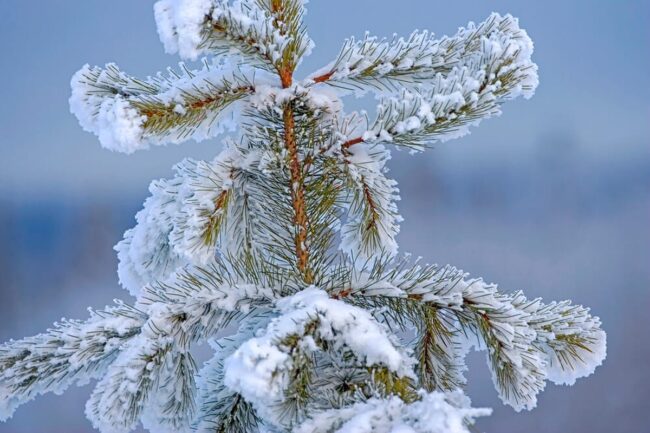
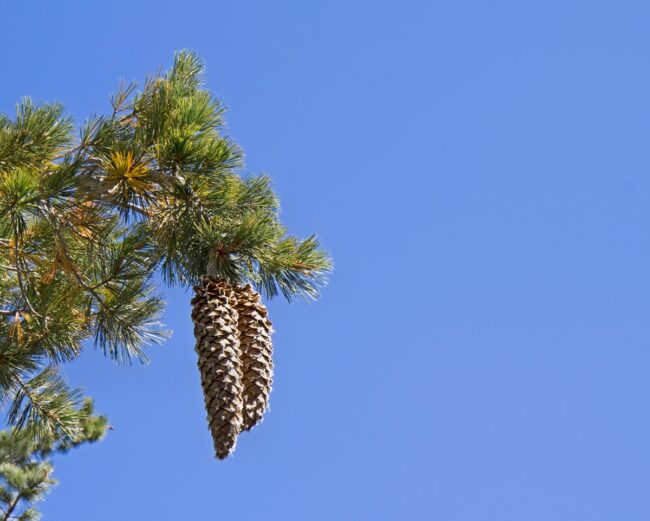
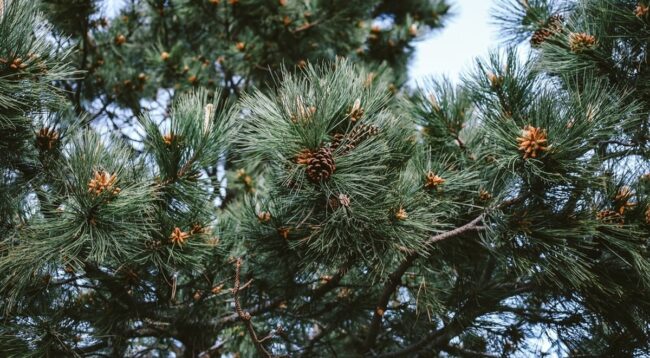
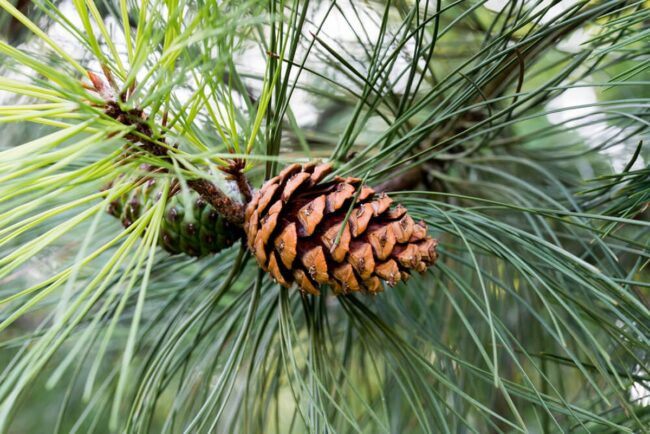
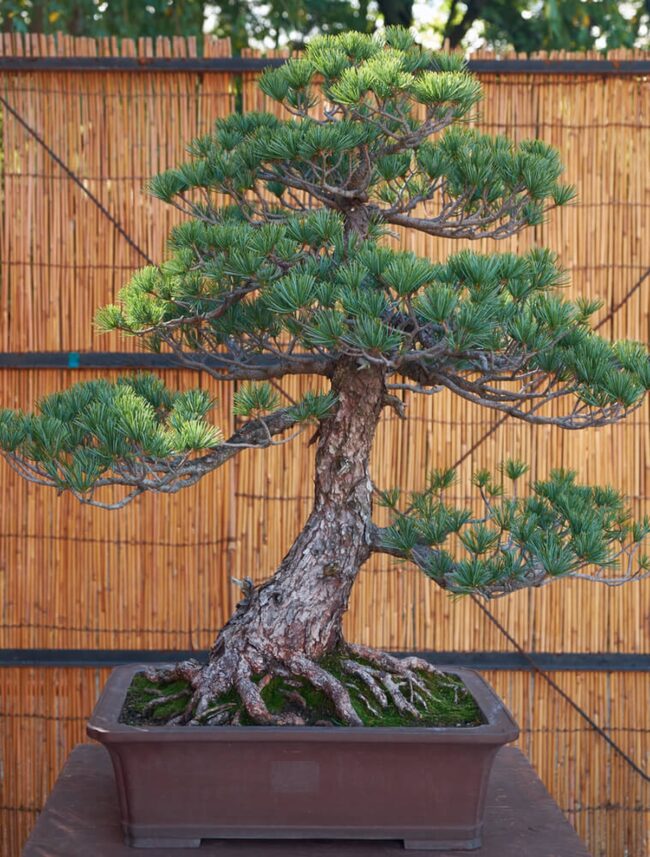
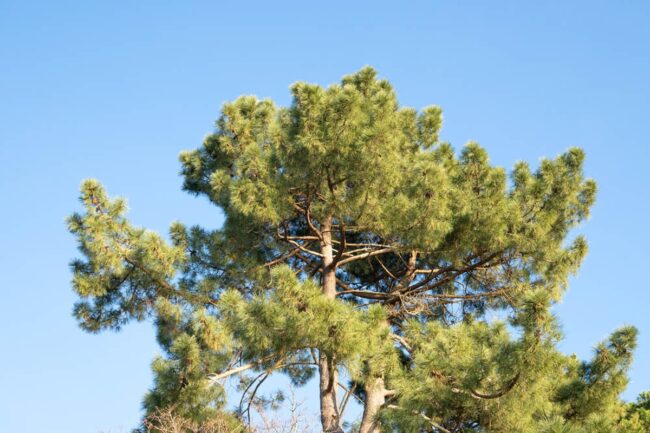
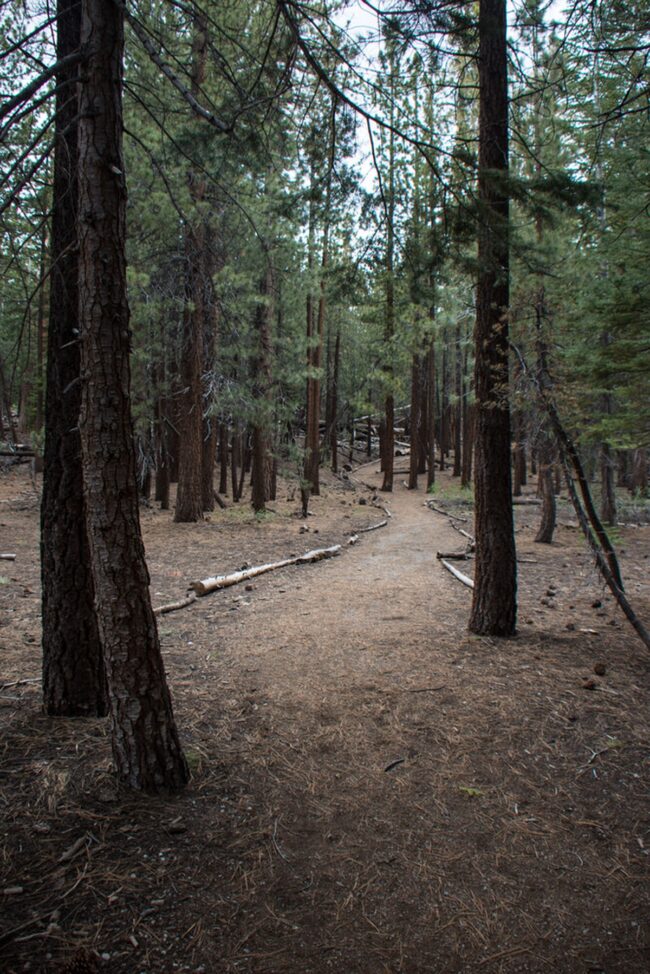
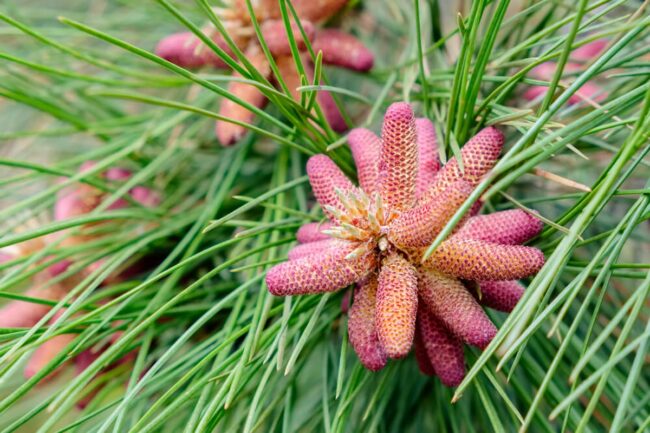
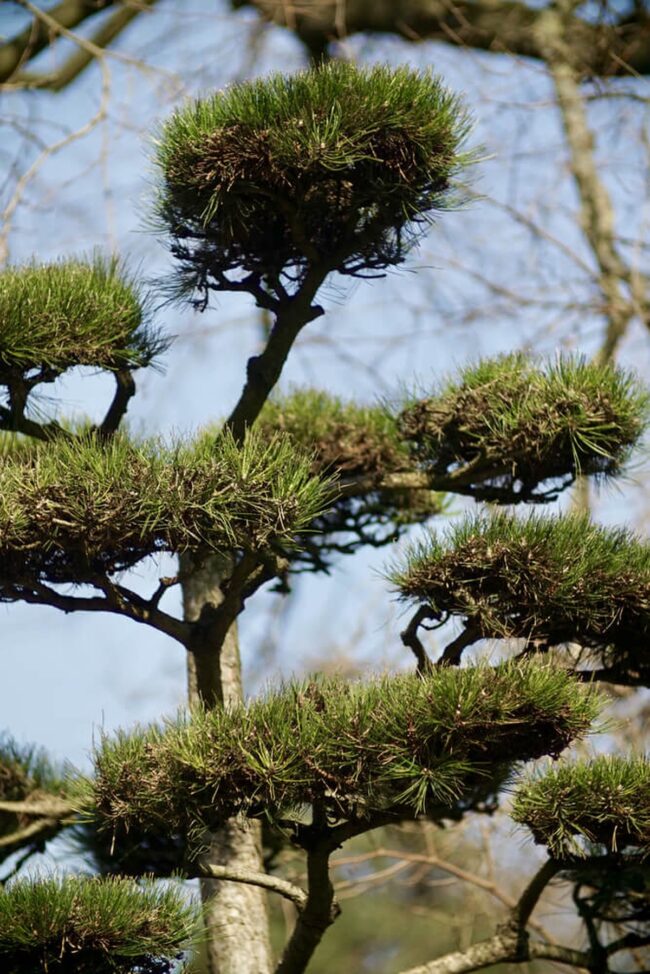
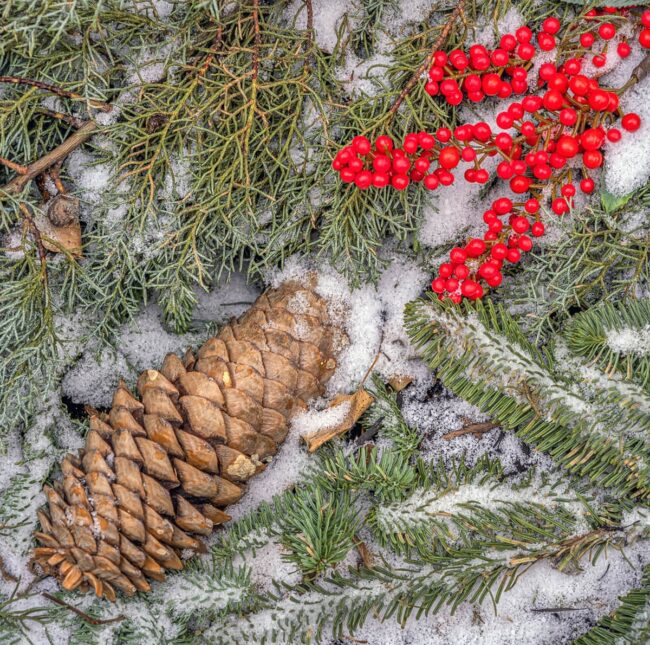
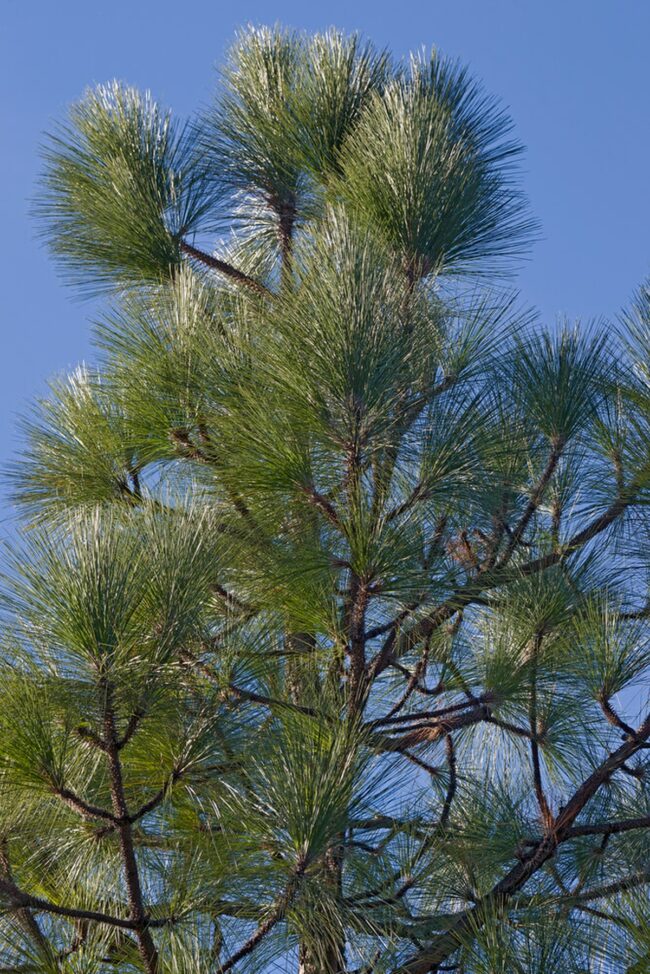
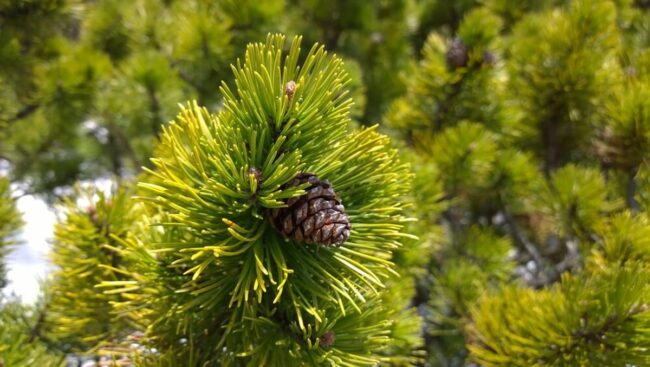
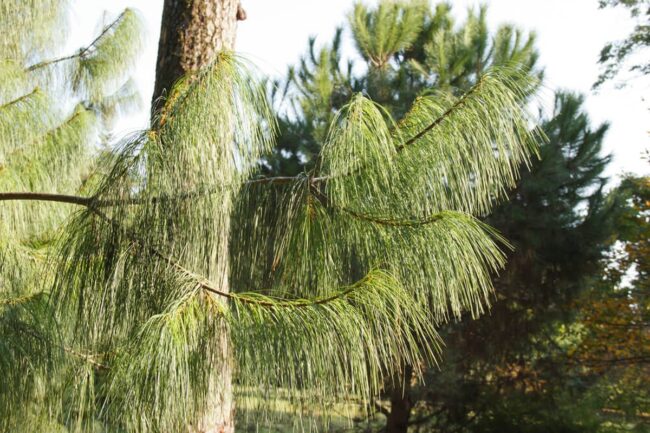
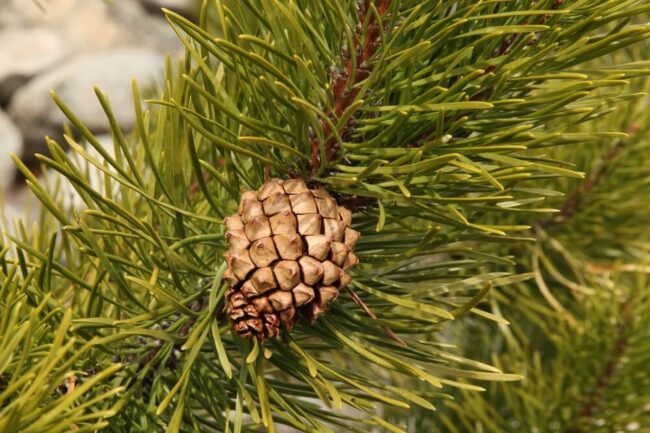

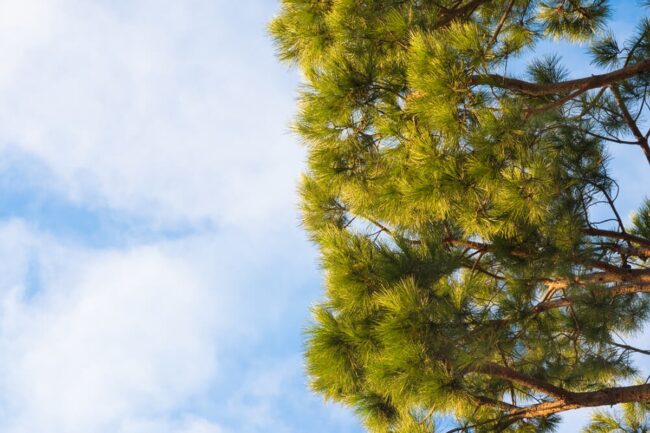
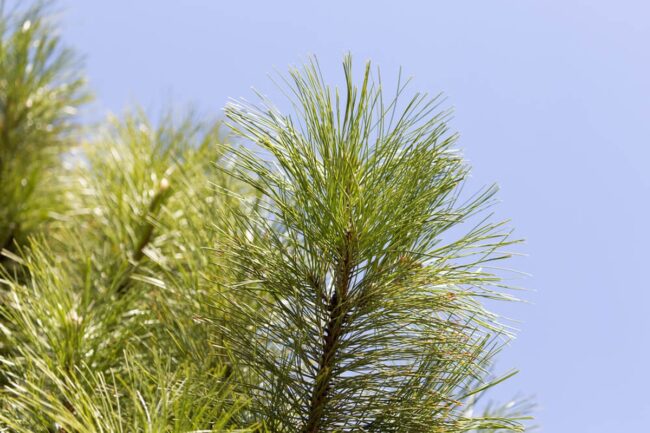

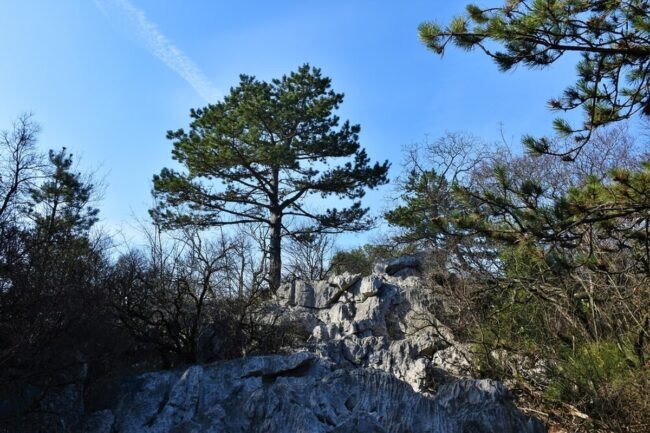
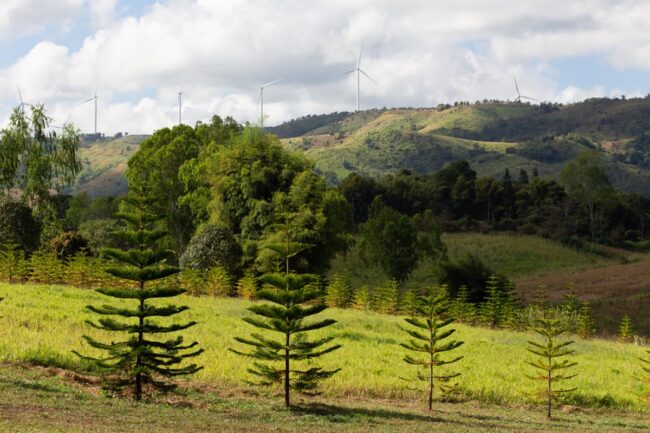
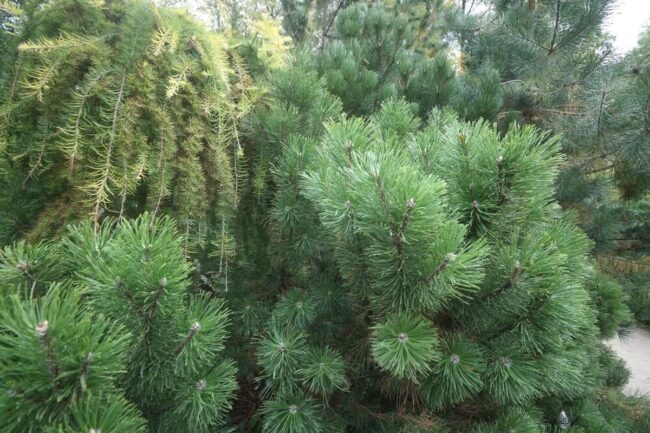
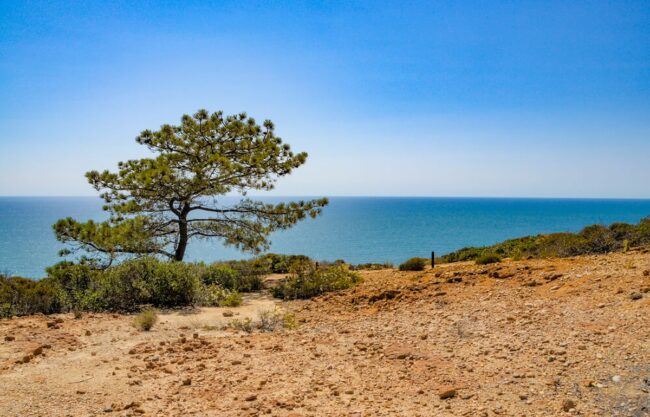
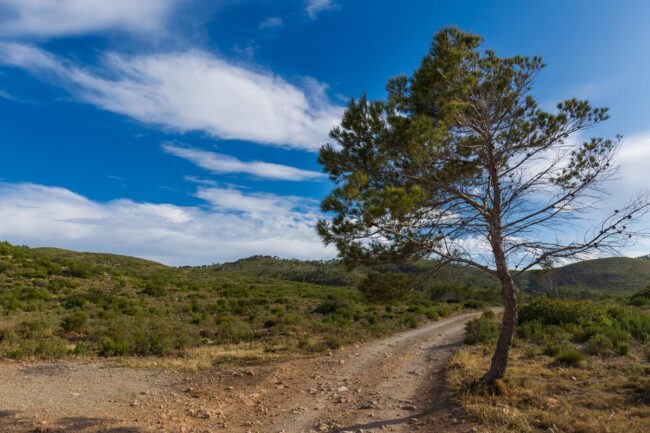
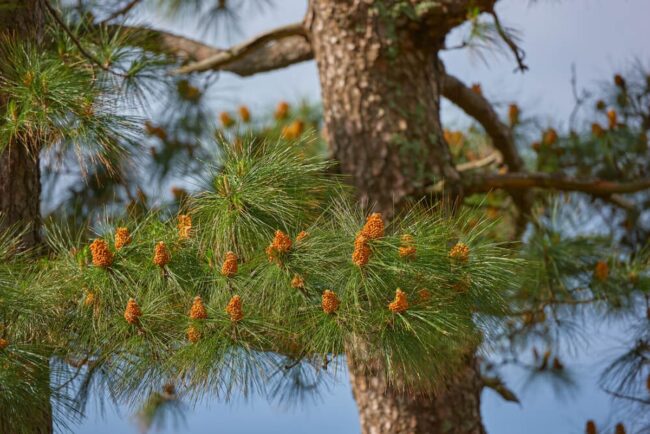
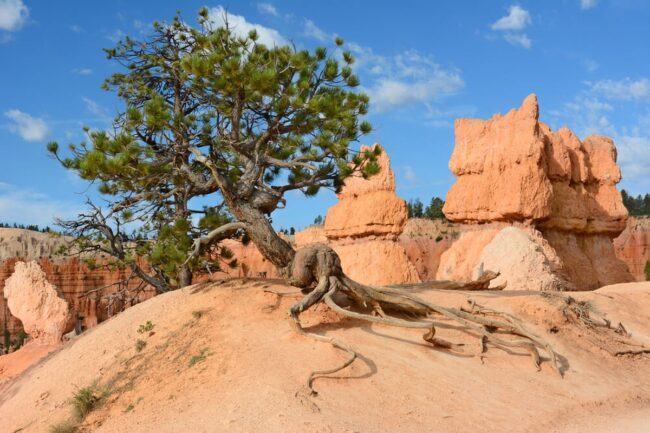
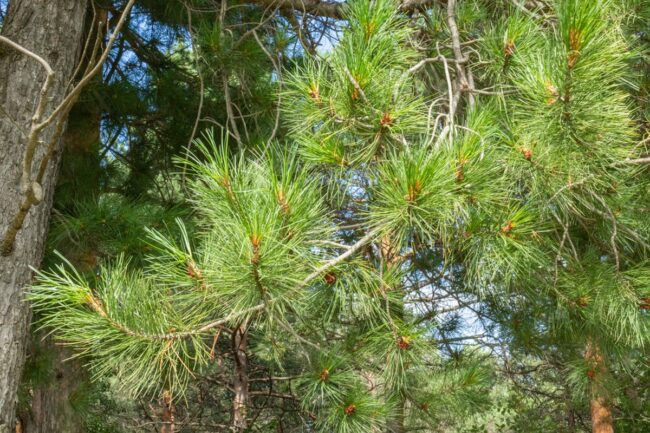
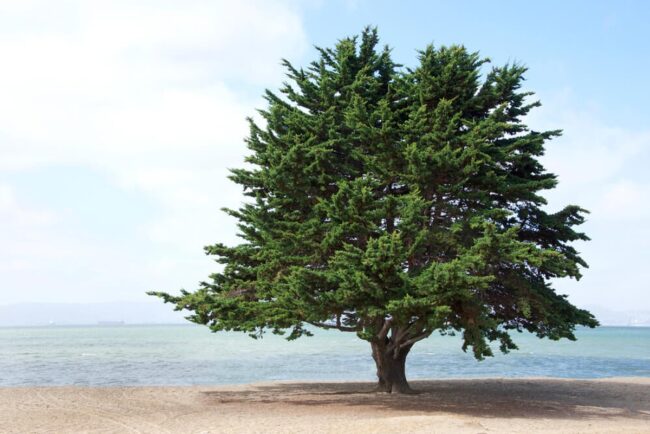
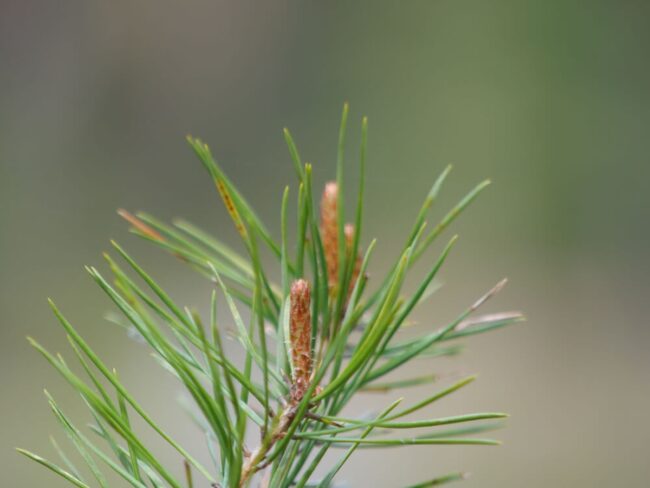
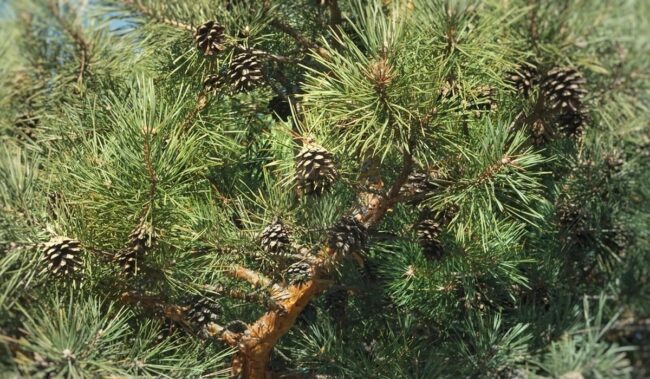
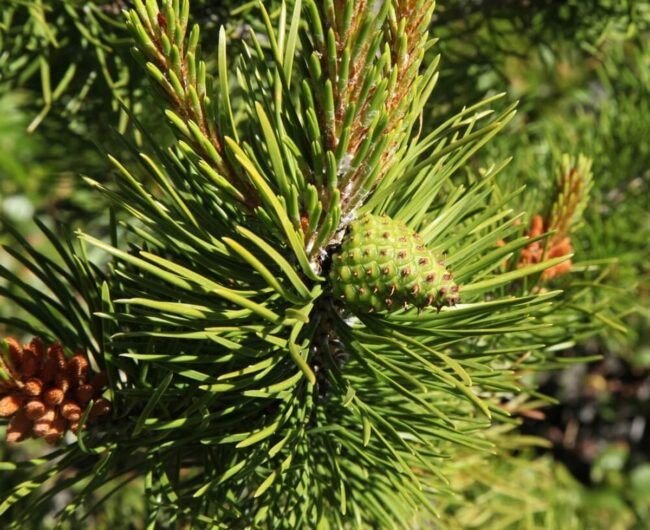
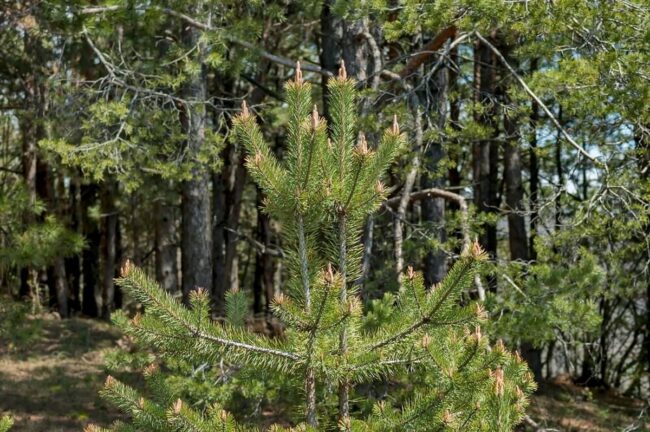
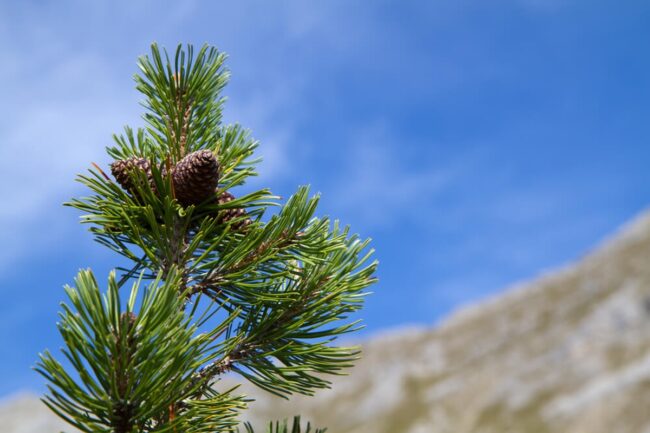
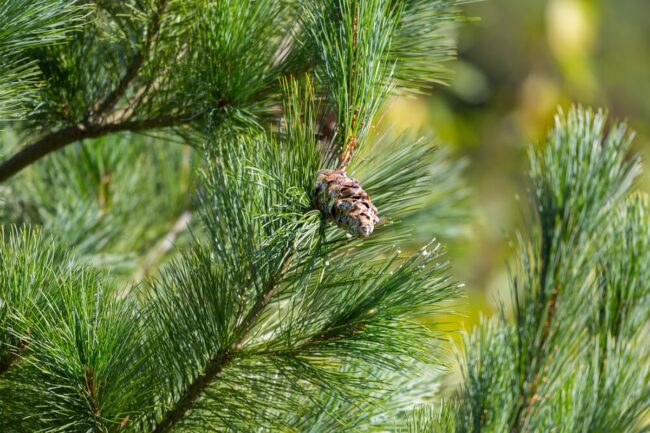
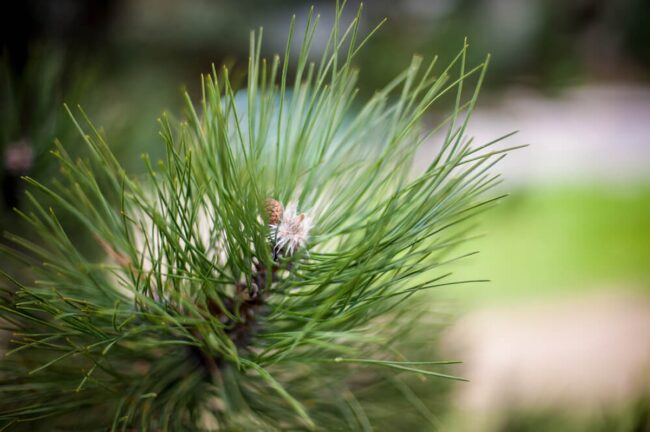
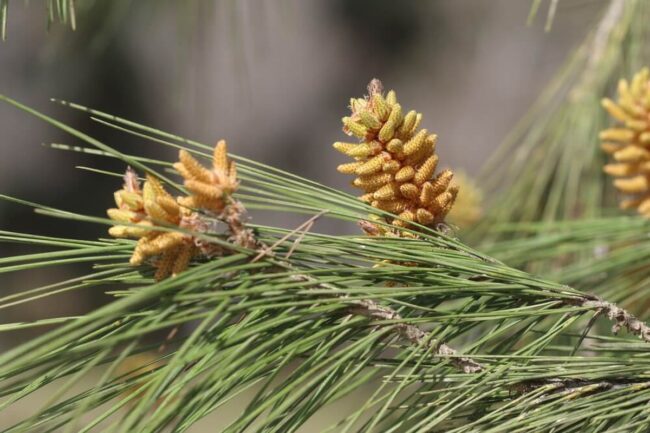
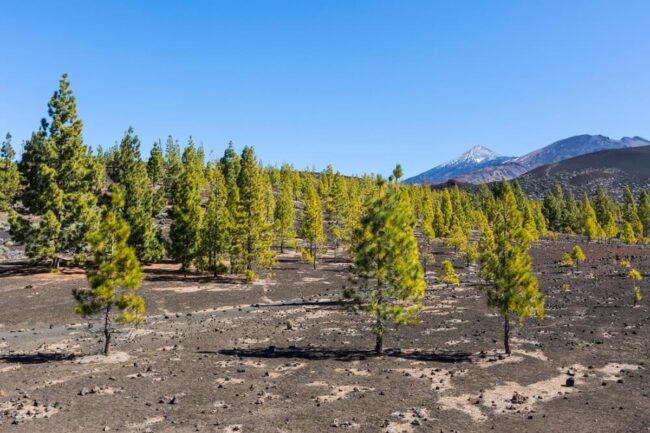
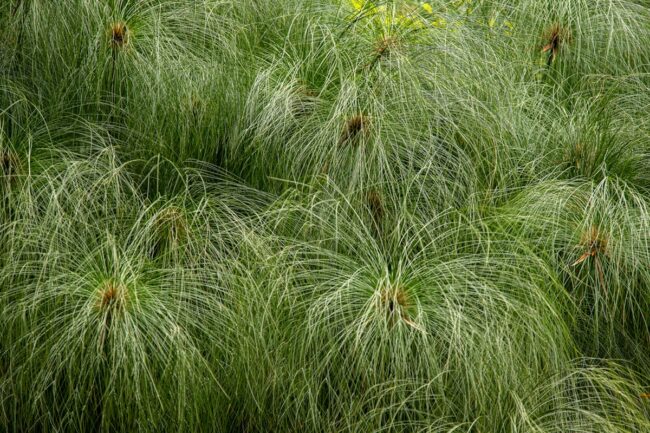
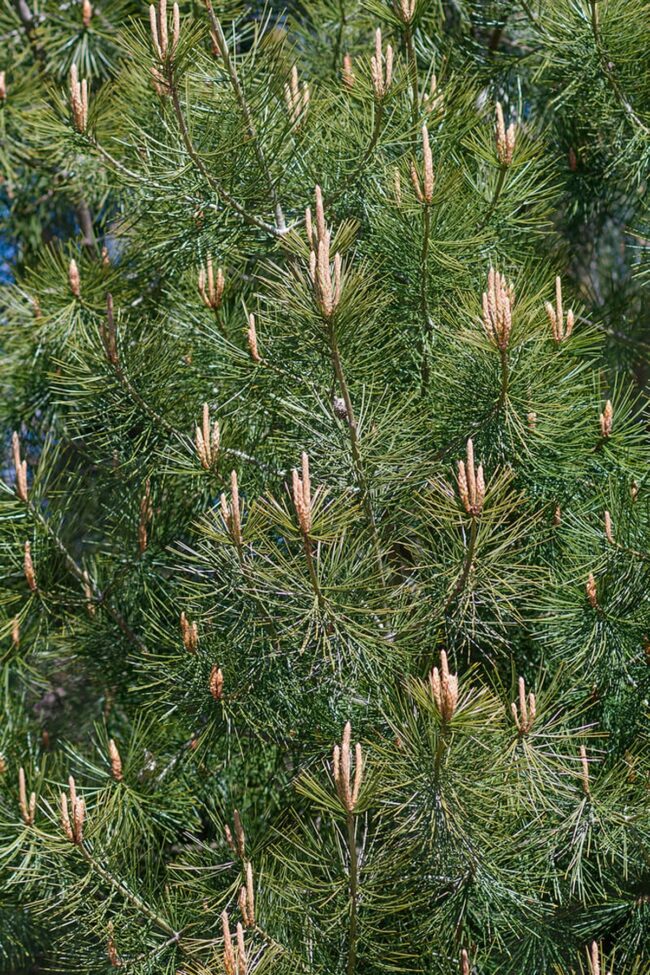
Ethan Mitchell
Founder & DIY Home Improvement Specialist
Expertise
DIY home improvement, sustainable construction, hands-on building techniques, project planning, tool expertise, eco-friendly design, step-by-step DIY guides, home renovation strategies
Education
Portland Community College, Portland, OR
Ethan Mitchell is the founder of Archeworks.org, a platform for practical DIY home solutions. With over 10 years of experience in sustainable home design and construction, Ethan simplifies projects with clear guides and eco-friendly tips. His background in construction technology ensures every project is approachable and effective.
At Archeworks.org, Ethan shares step-by-step tutorials, green living ideas, and tool safety tips, inspiring readers to improve their homes with confidence. For Ethan, DIY is about learning, creating, and feeling proud of what you build.